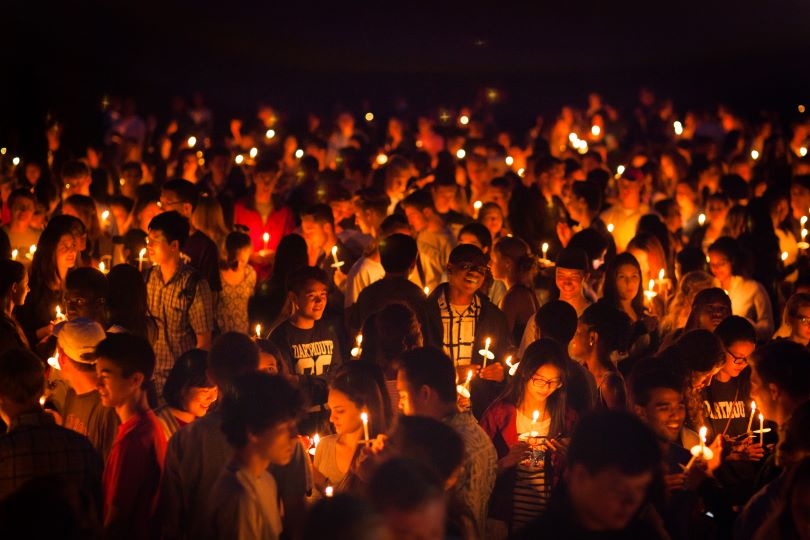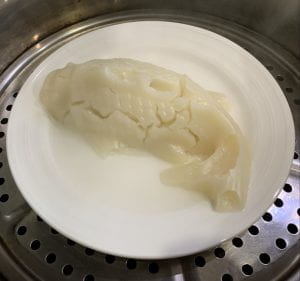General Information about Item:
- Customary Lore, Town Festival
- Language: English
- Country of Origin: United States
- Informant: S.A. Age 50
- Date Collected: 11-01-2021
Informant Data:
- S.A. is an elementary school teacher, teaching reading and writing comprehension. She is from Brooklyn, New York and is currently pursuing her phd at Columbia University. She is a habitual reader, mother of two, and loves to travel.
Contextual Data:
- Cultural Context: Sinterklaas is the Dutch version of Santa Claus and is a piece of folklore believed to have followed Dutch immigrants to the United States three centuries ago. Over these past generations, Sinterklass has thus begun to leak into American literature and celebration.
- Social Context: This specific festival was mentioned when asked about traditional Christmas events. Though hosted in the town of Rhinebeck, thousands of people attend Sinterklass each year because of the joy and spirit it brings along with the sense of community.
Item:
- Sinterklass is the celebration where children are transformed into Kings and Queens and honored as the bringers of the light at the darkest time of year. It honors Dutch heritage by re-creating a celebration that the Dutch settlers brought to Rhinebeck by having a parade filled with elaborate creatures, characters, and performers that mirror the folk story of Sinterklass. The story goes as such:
- Mounted on a white steed, a town resident dressed up as Sinterklaas (elegantly garbed in a bishop’s tall hat, red cape, shiny ring, and jeweled staff) rode through town knocking on doors late at night. He was accompanied the Grumpus, a wild looking half-man, half-beast. To good children — Sinterklaas and the Grumpus delivered a bag of goodies. To the naughtiest children, the Grumpus rattled chains and threatened to steal them away in his big black bag. And for those “less bad” he had switches for exacting lesser punishments.
Transcript:
- “I had lived in Rhinebeck for most of my adult life and I had no idea what Sinterklass was until it happened my first December 6th there. The streets filled up immediately and I was so confused so I had to go check it out. I loved it immediately. I don’t think anything has ever felt more like Christmas, it epitomizes togetherness and joy. I’m not sure how this relates to the story of Sinterklaas but the festival has an animal that is the center of the theme each year. Finding out what the animal is like opening a christmas gift in it of itself. My favorite was the butterfly.”
Informant’s Comments:
- “Seeing all of the cultural Dutch clothing is so fascinating, though I always have to hide my kids when the scary ones come because they get scared.”
Collector’s Comments:
- This festival was especially interesting because it almost directly addresses our initial pondering question of American folklore. There are items and traditions that everyone knows about and others that no one knows about, yet it doesn’t appear to matter because everyone is so willing to celebrate in the name of just being together and happy in a typically mundane time of year.
Collected By:
Dylan Lawler
Dover Plains, NY
Hanover, NH
Dartmouth College
RUSS013
Fall 2021




